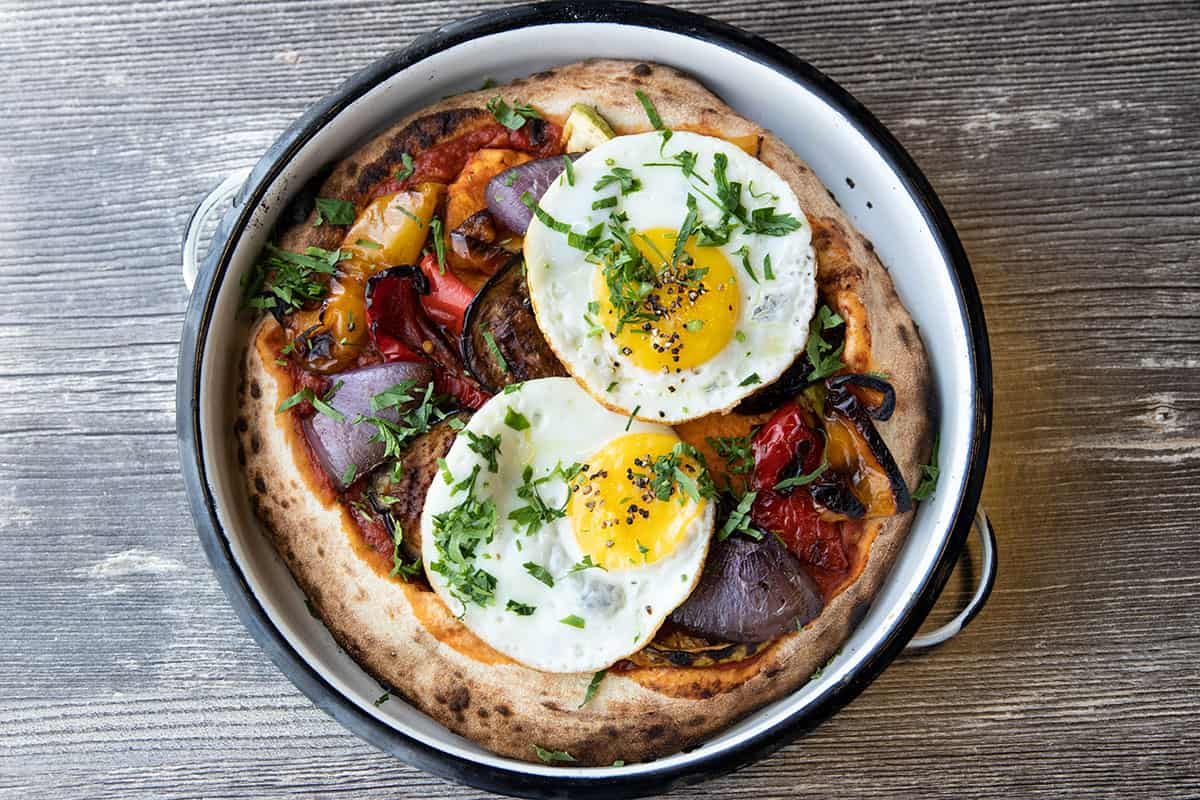AppliMarkets: Your Go-To Resource for App Insights
Explore the latest trends, reviews, and tips in mobile applications.
Frame That Flavor: Elevate Your Food Shots
Transform your food photography! Discover tips and tricks to frame the perfect flavor and make your dishes irresistible. Click to elevate your shots!
The Art of Food Photography: 5 Tips to Frame Your Flavor
Capturing the essence of a dish through photography is an essential skill for any food blogger or enthusiast. The art of food photography revolves around understanding how to frame your flavor in a way that not only appeals to the eye but also tells a story about the ingredients. Here are 5 tips to help you elevate your food photography game:
- Lighting is Key: Natural light works wonders for food photography. Position your dish near a window to take advantage of soft, diffused lighting that enhances the colors and textures of your food.
- Composition Matters: Use the rule of thirds to guide your composition. Place your main subject off-center for a more dynamic image that draws the viewer's eye.
- Background Choices: Opt for backgrounds that complement your dish. Rustic wooden tables or clean white surfaces can enhance the visual appeal without overshadowing the main flavors.
- Details Count: Focus on close-up shots to capture intricate details like the steam rising from a hot bowl of soup or the glistening drizzle of sauce. These textures create an inviting and delicious visual narrative.
- Edit to Perfection: Post-processing can elevate your images significantly. Adjust brightness, contrast, and saturation to bring out the true vibrancy of your food.

How to Use Natural Light to Elevate Your Food Shots
Using natural light is one of the most effective ways to elevate your food photography. Start by selecting a location where the sunlight is abundant, such as near a window with sheer curtains to diffuse harsh rays. The golden hours—early morning and late afternoon—are ideal for capturing that soft, warm glow that enhances textures and colors in your dishes. Make sure to experiment with different angles and setups; for instance, place your dish at a 45-degree angle from the light source to create depth and highlights that bring your food to life.
Additionally, consider the use of reflectors to bounce natural light back onto your food. You can easily create a DIY reflector with materials like white cardboard or aluminum foil to fill in shadows and add contrast. Remember to pay attention to the direction of the light, as it can change the mood of your shots significantly. If you're shooting in strong daylight, avoid direct sunlight on your food, as it can lead to unsightly highlights and overexposed areas. Embrace the beauty of natural light to bring out the vibrancy in your dishes and to create mouthwatering photographs that will captivate your audience.
What Backgrounds Enhance Your Food Photography?
When it comes to food photography, the right background can make all the difference in bringing your culinary creations to life. Neutral backgrounds, such as white, gray, or beige, allow the vibrant colors of your dishes to stand out without distraction. Additionally, materials like wood or stone can add a rustic charm, enhancing the organic feel of your food items. Using textured backgrounds helps create depth and dimension, drawing the viewer's eye directly to the subject. Consider incorporating props like cutting boards or fabric napkins, which not only add context but also provide interesting layers to your shot.
For a more adventurous approach, thematic backgrounds can dramatically alter the mood of your food photography. For example, using a colorful patterned tablecloth can evoke a lively Italian atmosphere, while a simple slate surface can convey a modern, minimalist vibe. Experimenting with seasonal elements, such as autumn leaves or summer flowers, can also enhance the story behind each dish. Ultimately, the choice of background should harmonize with the food itself and reflect the style of your blog, ensuring that each photograph not only captures attention but also tells a compelling story.